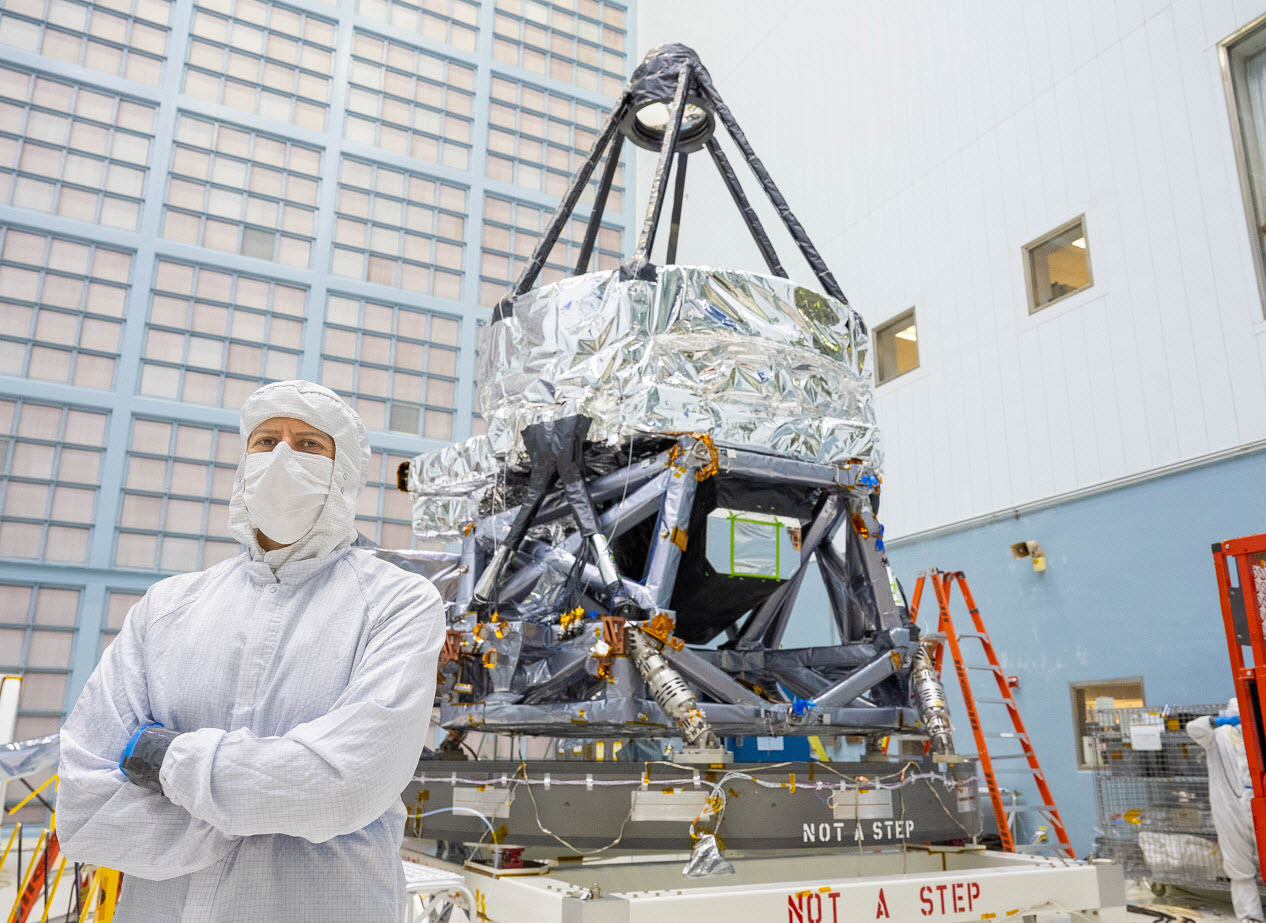ALEJANDRO RIVERA IS MANY THINGS.
As an aerospace engineer, Rivera began his career as a stress analyst on the X-37 Orbital Test Vehicle, working his way through increasingly complex spacecraft systems at NASA Goddard Space Flight Center. From the Hubble Space Telescope servicing missions to the groundbreaking James Webb Space Telescope deployments, he has spent 25 years at the intersection of theoretical dynamics and practical spacecraft engineering.
In 2023, Rivera received NASA's Exceptional Engineering Achievement Medal for his critical deployments analysis and anomalies resolution that enabled the successful commissioning of the James Webb Space Telescope—humanity's most ambitious window into the cosmos. He now leads deployable mechanisms analysis for the Roman Space Telescope, continuing his legacy of turning complex mechanical challenges into orbital realities.
Rivera is currently pursuing his doctorate in Aerospace Engineering at the University of Maryland, where his research focuses on the design of ultra-large Starshades working alongside Nobel Laureate John Mather, while serving as Lead Deployables & Mechanisms Analysis Engineer. His published work "Study of Spacecraft Deployables Failures" has become essential reading for the next generation of space mechanisms engineers.
